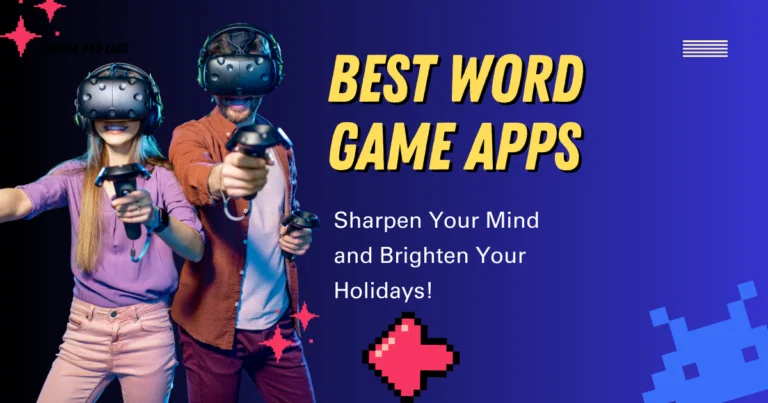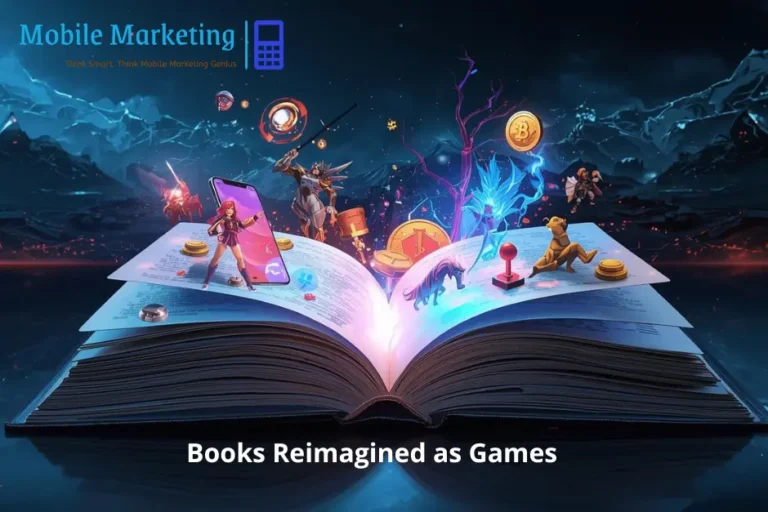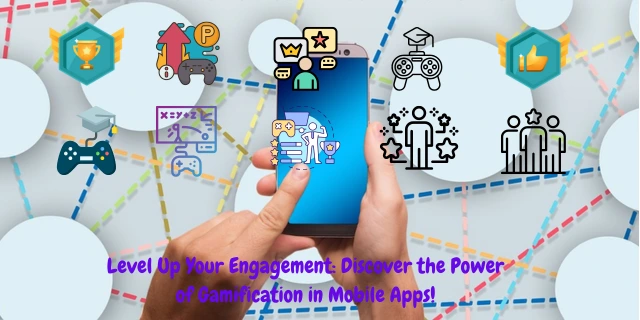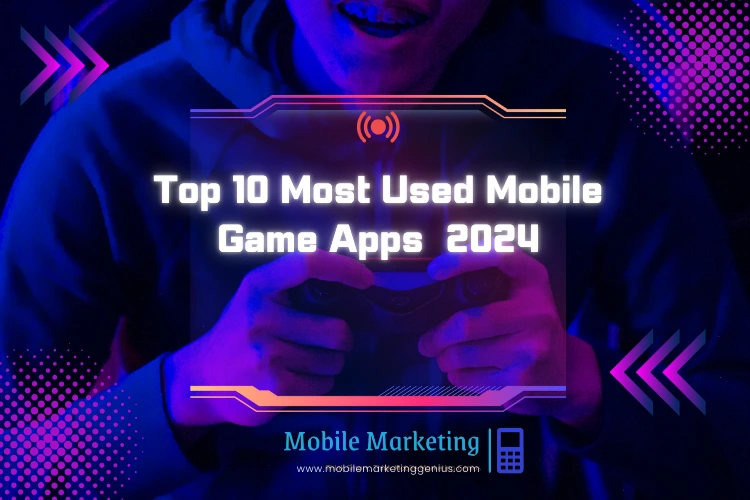Batoto Mobile App: An Exciting Deep Dive into the World of Digital Manga
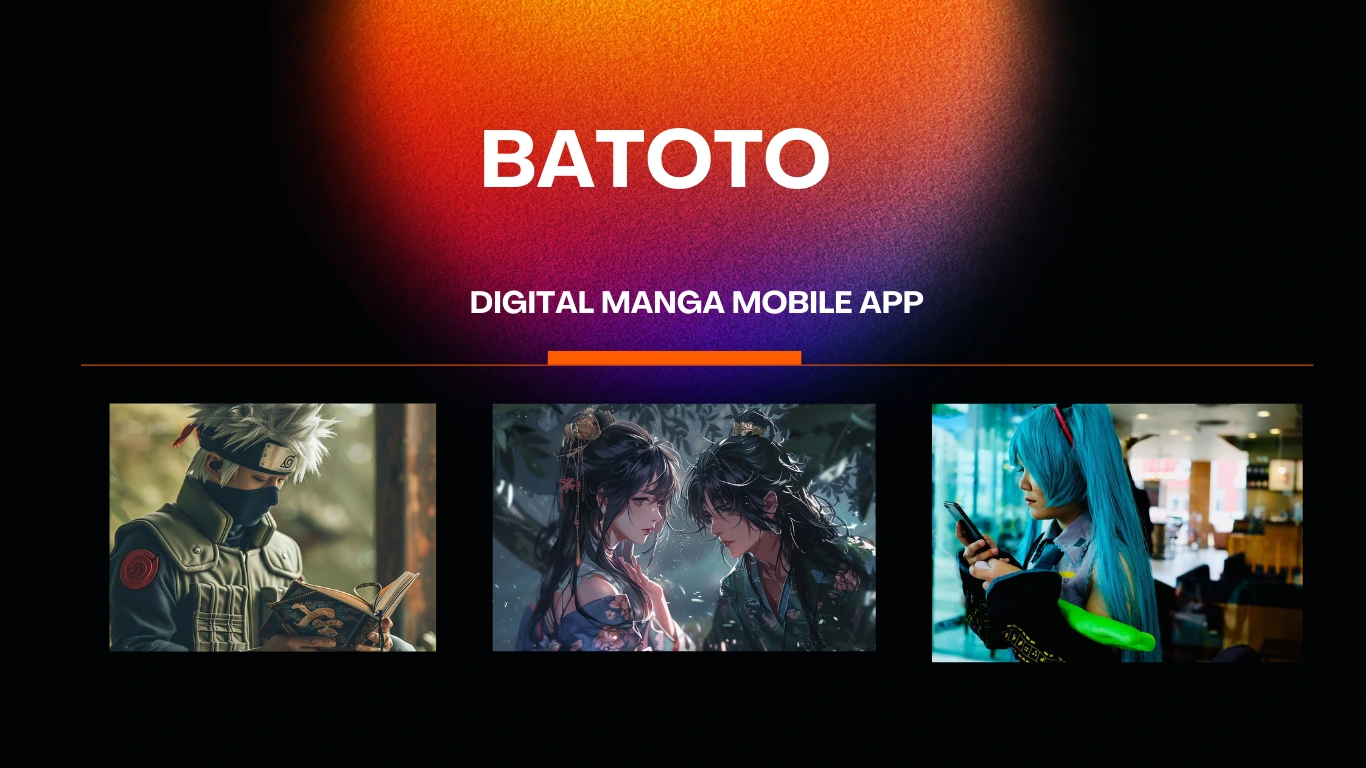
Manga and anime have become integral parts of pop culture, captivating audiences around the globe with their unique storytelling and visually stunning art styles. For many fans, engaging with these stories used to be a labor of love, involving hours of hunting down physical manga volumes or relying on delayed, often costly, international releases. With the evolution of technology, digital platforms like the Batoto mobile app have emerged as game-changers. Batoto revolutionized how manga and anime enthusiasts consume content, offering a vast library of titles, fan translations, and a seamless reading experience. But what exactly is Batoto’s legacy, and how has it shaped the global manga community, especially in the USA?
Table of Contents
The Rise of Digital Manga Reading
Traditional Manga Reading
Before digital platforms, manga enthusiasts heavily relied on physical copies. Collecting manga often involved importing volumes from Japan at great cost or waiting for delayed translations. This tactile experience was cherished but created significant accessibility barriers, particularly for international readers. For fans in the USA, physical manga volumes were often expensive and required patience, as official releases could lag years behind their Japanese counterparts. These limitations restricted manga’s global reach to a dedicated but constrained audience.
The Shift to Digital
The rise of digital manga platforms marked a transformative era. Readers could now access their favorite series instantly through webtoon reader apps, democratizing manga consumption and expanding the global audience. The immediate availability and convenience spurred the popularity of manga and webtoons, drawing in new readers who otherwise might not have had exposure to these genres. In the USA, digital manga has become particularly popular among younger audiences, who appreciate the convenience of accessing manga on their mobile devices.
In 2023, the global digital manga market was valued at $2.6 billion, with projections to grow at a compound annual growth rate (CAGR) of 7.5% through 2030.
Table 2: Cost Comparison of Physical vs. Digital Manga
| Type | Average Cost (Per Volume/Month) | Pros | Cons |
|---|---|---|---|
| Physical Manga | $10 – $15 per volume | Collectible, tactile experience | Expensive, storage space required |
| Digital Manga | $1.99 – $9.99 per month (subscription) | Affordable, instant access | No physical ownership, needs internet |
Overview of Batoto
Batoto began as a community-driven platform, distinct in its approach to user engagement and content offerings. Unlike many commercial platforms, Batoto aggregated both fan translations and official manga releases, creating a one-stop resource for readers worldwide. From its early days, Batoto’s commitment to offering an extensive library of manga and webtoons set it apart, emphasizing accessibility and user satisfaction. Batoto became a digital pioneer, reshaping how fans accessed and engaged with manga.
The Role of Batoto
Amid this digital revolution, Batoto emerged as a leading player. By offering both fan-translated and officially licensed works without requiring subscriptions, it became a favorite among manga lovers. Batoto’s community-driven ethos, coupled with its extensive offerings, made it a powerful force in the world of digital manga. The platform’s inclusivity and dedication to user experience cemented its status as a go-to resource. For American fans, Batoto provided an unparalleled experience, opening doors to manga series that were previously difficult to access.
Batoto Mobile App’s Key Features and Benefits
Extensive Library
Batoto’s library was a treasure trove for manga enthusiasts. Covering everything from action-packed shonen series to thought-provoking seinen dramas and diverse webtoon offerings, Batoto catered to a broad audience. The variety of content made it ideal for fans seeking both popular titles and niche stories, showcasing the breadth of manga culture. In the USA, where manga has seen a surge in mainstream popularity, this extensive library allowed American readers to explore genres beyond what was traditionally published.
User-Friendly Interface
The app’s design was intuitive and straightforward, making navigation a breeze. Users could search for specific titles, keep track of their reading progress, and customize their experience effortlessly. Batoto’s emphasis on accessibility ensured that even newcomers to digital manga reading felt at home. This user-friendly interface was especially appreciated by American readers, who were used to seamless experiences with other digital services like Netflix or Spotify.
Offline Reading
One of Batoto’s standout features was offline reading. Users could download chapters for uninterrupted reading on the go, making it convenient for commuting or travel. This flexibility added significant value, as fans could enjoy their favorite stories anywhere without relying on a stable internet connection. For users in the USA, where long commutes and busy lifestyles are common, offline reading made Batoto an indispensable part of their digital library.
Community Features
Beyond just reading, Batoto was a hub for community interaction. Fans could engage in lively discussions, exchange recommendations, and share their thoughts on various manga. The platform’s vibrant forums and comment sections fostered a sense of belonging, making Batoto more than a reading app—it was a cultural meeting place for manga aficionados. In the USA, where manga conventions and anime clubs are growing in popularity, Batoto’s community features helped to build an online extension of this shared enthusiasm.
Customization Options
Batoto offered numerous ways to personalize the reading experience. From adjusting font size and reading direction to choosing between light and dark themes, the app catered to individual preferences. These customization options not only enhanced readability but also made the app enjoyable for a wide range of users. For American readers who are accustomed to personalizing their digital experiences, these features were a major draw.

Batoto’s Impact on the Manga Community
Accessibility
Batoto broke down barriers by offering fan translations and an extensive range of manga, making content accessible to people worldwide. The platform democratized manga reading, allowing international fans to enjoy stories that might never have reached them through official channels. In the USA, this meant that readers could dive into series without waiting for official English translations, significantly expanding the manga culture and boosting interest in Japanese storytelling.
Fan Translations
Fan translators played a critical role in Batoto’s ecosystem. These passionate individuals made manga available to non-Japanese speakers, often releasing chapters soon after their original publication. The speed and quality of these translations brought manga to an eager global audience, though the practice also sparked debates about intellectual property and copyright. In the American manga community, fan translations became a double-edged sword, celebrated for accessibility but criticized for bypassing traditional publishing rights.
Fan-translated manga accounted for 45% of the content accessed by international readers in 2022.
Table 3: Impact of Fan Translations
| Aspect | Positive Impact | Negative Impact |
|---|---|---|
| Accessibility | Broadens global reach | Potential copyright infringement |
| Speed | Quick release after publication | Quality may vary |
| Community | Fosters a strong global network | Can undermine official translations |
Community Building
Batoto excelled in community building. By providing a space for fans to share theories, discuss character developments, and connect over shared interests, it created a tight-knit global network of manga enthusiasts. This sense of camaraderie transcended borders, strengthening the collective appreciation for manga and anime culture. In the USA, where diverse fandoms thrive online and in-person, Batoto’s community features contributed to a growing cultural exchange centered around Japanese media.
Challenges and Controversies
Copyright Issues
Despite its popularity, Batoto faced legal challenges. Many publishers argued that hosting fan translations violated intellectual property rights, sparking disputes over content ownership. These copyright issues led to increased scrutiny and debates about how fan translations should be handled in an evolving digital landscape. For American fans, this raised ethical questions about how to support creators while still enjoying the wide variety of content that Batoto provided.
Ad-Supported Model
To remain free, Batoto relied on advertisements. While ads were necessary for funding, they sometimes disrupted the reading experience, frustrating users. The balance between monetizing the platform and providing a high-quality, ad-free experience was a constant struggle, highlighting the financial difficulties faced by community-driven platforms. In the USA, where subscription-based models are commonplace, some users wished Batoto could transition to a more sustainable, less intrusive funding method.
Competition from Legal Platforms
The rise of platforms like Crunchyroll Manga, ComiXology, and Shonen Jump introduced competition, as these services offered licensed, high-quality translations and exclusive content. Legal platforms drew users who preferred to support official releases, putting pressure on Batoto to adapt. This shift emphasized the ongoing evolution of digital manga consumption and the need for platforms to stay relevant. In the American market, the growing availability of legal manga options has transformed how fans view and consume manga.
Legal manga platforms in the USA have seen a 35% increase in subscriptions since 2021, with platforms like Shonen Jump leading the charge.
Table 1: Comparison of Popular Manga Platforms
| Platform | Content Type | Subscription Cost | Unique Features |
|---|---|---|---|
| Batoto | Manga, Webtoons | Free (Ad-Supported) | Community features, fan translations |
| Crunchyroll Manga | Licensed Manga | $7.99/month | High-quality translations, simulpubs |
| Shonen Jump | Licensed Manga | $1.99/month | Large library, affordable pricing |
| ComiXology | Comics, Manga | $5.99/month | Comics and manga selection, guided view |
Why Digital Manga Is Booming in the USA
The popularity of digital manga in the USA can be attributed to several factors. First, the convenience of reading manga on smartphones and tablets fits seamlessly into the fast-paced American lifestyle. Second, the rise of streaming services for anime has driven interest in source material, leading fans to explore manga. Finally, social media platforms like TikTok and Instagram have played a huge role in promoting manga culture, with influencers and content creators regularly recommending new titles.
Over 70% of manga readers in the USA prefer digital formats over physical volumes, primarily due to accessibility and cost.

Manga Trends in the USA
In recent years, certain manga trends have gained significant traction in the USA. Series like My Hero Academia, Demon Slayer, and Attack on Titan have achieved mainstream success, with American audiences eagerly following each new release. Webtoons, a genre initially popularized in South Korea, have also found a robust audience in the USA, thanks to platforms like LINE Webtoon and Tapas. The blend of traditional Japanese manga with modern webtoon storytelling styles has captivated a new generation of readers.
The Role of Libraries and Bookstores
Public libraries and major bookstore chains like Barnes & Noble have also contributed to the digital manga boom in the USA. Many libraries now offer free access to digital manga through services like OverDrive, expanding the reach of manga to a broader audience. Bookstores have adapted by dedicating significant shelf space to manga, often hosting events and book signings to engage the community. These developments highlight the growing integration of manga into American literary culture.
The Future of Batoto and Digital Manga Reading
Potential Developments
As technology advances, the future of digital manga reading holds exciting prospects. Mobile app trends point toward more immersive and interactive experiences. Batoto and other platforms will need to embrace innovations like AI-driven personalization, enhanced search capabilities, and even augmented reality features to captivate a new generation of readers.
The Role of AI in Manga and Anime
AI has the potential to transform the manga industry. Automated translations could break language barriers, providing near-instant access to new chapters. AI algorithms can also deliver personalized recommendations, making content discovery effortless. However, the integration of AI raises questions about maintaining the authenticity and cultural nuances of translations, sparking discussions about the balance between technology and human creativity.
The Future of Fan Translations
While fan translations have been instrumental in spreading manga’s popularity, the industry is shifting toward official releases. Publishers are increasingly prioritizing global markets, investing in timely, high-quality translations. Despite this, fan communities may continue to thrive, especially for lesser-known titles. The sustainability of fan translation efforts will depend on how well these communities can coexist with evolving industry practices.
Conclusion
Batoto revolutionized digital manga reading by making manga widely accessible and fostering a passionate community. Its extensive library, user-friendly features, and support for fan translations set a precedent for what a digital manga platform could achieve. Despite facing legal and financial challenges, Batoto’s legacy lives on in the way it shaped the manga consumption experience.
The impact of Batoto goes beyond being a simple reading app. It played a pivotal role in popularizing manga on a global scale and inspired both fans and the industry to rethink content distribution. As we look to the future, platforms must balance innovation with respect for creators’ rights. Batoto’s story serves as a reminder of the power of community-driven platforms and the ever-evolving nature of digital media.
Call to Action
Whether you’re a long-time fan or new to the world of manga, exploring platforms like Batoto can offer an enriching experience. As you immerse yourself in this vibrant culture, remember to support the creators and respect the work that goes into bringing these stories to life. The world of manga and anime is ever-evolving, and by being an active, thoughtful member of the community, you help ensure that this art form continues to thrive.
Frequently Asked Questions (FAQs)
- Is it legal to read fan translations on platforms like Batoto?
- The legality of fan translations is complex. While many fan translations are done out of passion, they often exist in a gray area of copyright law. It is generally more ethical and legally sound to support official releases when they are available.
- How can I support manga creators if I read fan translations?
- If you read fan translations, consider purchasing official manga volumes, subscribing to legal platforms, or buying related merchandise to support the creators. Many American fans balance their reading habits by supporting manga financially in some way.
- Are there any legal alternatives to Batoto in the USA?
- Yes, there are several legal platforms available in the USA, including Crunchyroll Manga, Shonen Jump, and ComiXology. These services offer a wide range of manga, often with high-quality translations and additional perks for subscribers.
- What is the future of digital manga in the USA?
- The future looks bright, with more publishers investing in digital-first releases and new technologies like AI and VR poised to enhance the reading experience. As the market continues to grow, American fans can expect more innovations in how manga is consumed.

